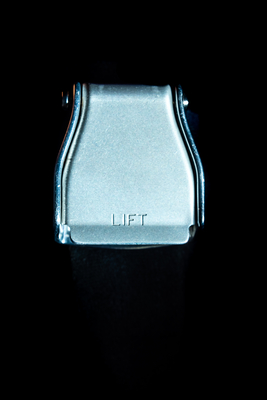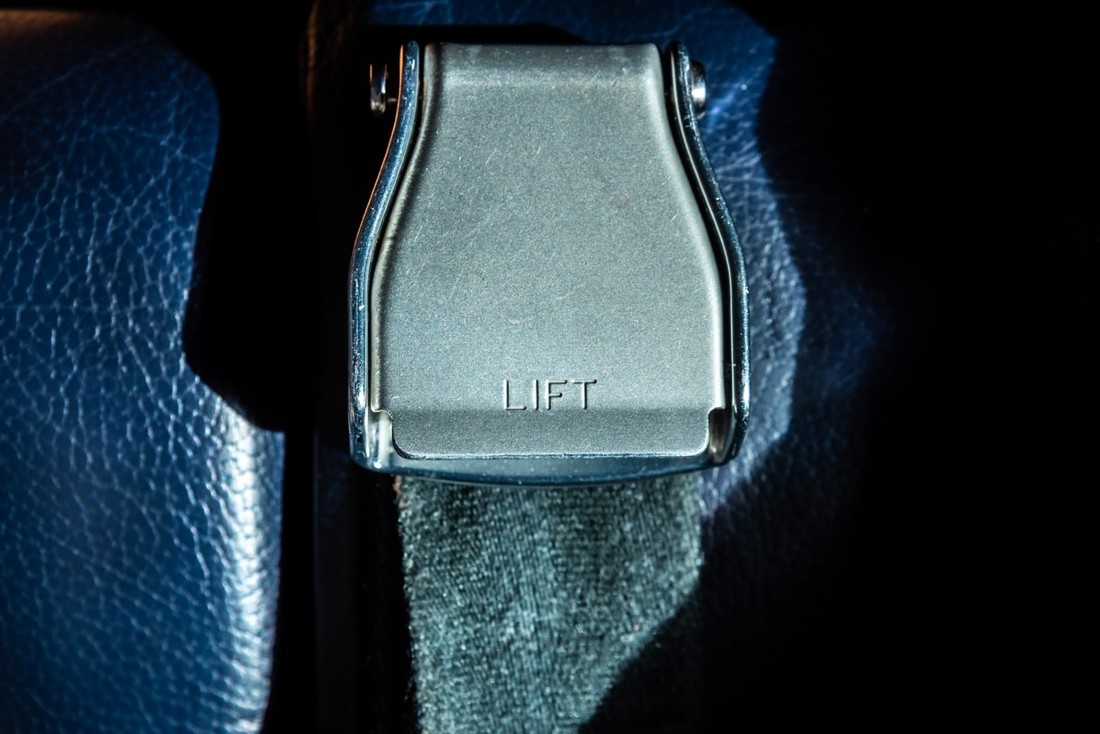
High Consequence Safety Research and Policy:
The Us Airline Application Commercial airline travel is the most popular method of travel within the United States. Commercial aviation is a high-risk industry due to a large number of passengers and the inherent risks associated with flight operations. The Federal Aviation Administration regulates air travel in America due to safety concerns. The FAA's responsibilities include the regulation and improvement of safety in aviation (Rodrigues & Cusick 2012). The FAA creates and requires regulations that define minimum standards that operators, manufacturers, maintenance technicians, certified pilots, and other personnel must adhere to. Safety Management Systems for Aviation Maintenance (or SMS) are standard approaches that allow aviation organizations to monitor safety and offer a systematic approach to reducing safety risks. Safety programs can be a part of any organization to ensure safety for their passengers and employees. International Civil Aviation Organization (ICAO), designed the SMS structure to ensure that the program is consistent across countries and operations. Safety Management Systems are made up of four functional components, or "pillars". These pillars are Safety Policy, Safety Assessment, Safety Assurance, and Safety Promotion. Safety policy. Safety policy is the first component of SMS. It demonstrates the management's commitment to improving safety within the organization. This component defines the methods, processes, organizational structure, and organizational structure necessary to meet safety goals. It also establishes transparency in management.
All processes and approaches required to achieve safety objectives are clearly outlined and documented. Employee reporting and resolution systems are
HIGH CONSEQUENCE SAFETY RESEARCH AND POLICY: THE US AIRLINE APPLICATION 4 developed. This includes both management and employee accountability. It also requires cross-organizational communication. Risk assessment. The second part of SMS is to assess acceptable risk and review or determine the need for new or modified risk controls. This is where a formal process can be developed. This involves describing the system and identifying hazards. Then, it is possible to assess the risk, analyze the risk, and then control the risk. Safety assurance. Safety assurance is the third component of SMS. It involves the evaluation and improvement of existing risk controls, as well as the identification of new hazards. This pillar ensures compliance to the Federal Aviation Administration's regulations and policies, as well as the SMS requirements. This section provides insight into potential or proven methods to improve safety and minimize risk. Safety promotion. The fourth component is SMS Promotion. This pillar includes but is not limited to, providing SMS training for employees. Communication and other actions can also be included in the company promoting and encouraging strong safety cultures. Every employee is a key part of safety at this level. The Federal Aviation Administration (FAA), currently requires that only authorized part 121 commercial aircraft operators in the United States develop and implement a Safety Management System. Both the FAA and ICAO released documents that included safety standards. McDonald's, Daly, Daly, and Cromie mentioned the ineffectiveness of SMS in aviation maintenance in a study of four maintenance companies entitled Safety Management Systems, Safety Culture in Aircraft Maintenance Organizations (2000). High consequence safety research and policy: THE US Airline Application 5 are additional challenges, given the substandard safety culture in the field and poor implementation of SMS. Maintenance professionals must perform high-quality work in an unsafe environment. Even maintenance operations have their challenges, which can impact the overall performance of an entire organization. Safety for Children under 24 Months in the United States It is legal for children to fly in commercial airplanes on the lap of their parents or guardians. Children must be secured or restrained. Many efforts have been made over the years to improve safety for passengers to ensure that they survive in the event of

an accident or incident. There have not been any improvements or laws to ensure safety for our nation's youngest pilots. Numerous fatalities and non-fatal accidents have shown that there is a need to make changes. Despite many attempts to improve aviation safety, none of them have succeeded. Current regulations. Current regulations. The Federal Aviation Administration (FAA), recommends that children are secured in a child safety seat (CRS) during flight. This is to ensure their safety. A CRS is a child safety seat with a hardback that has been approved by the government for use in both aircraft and motor vehicles. Two FAA-approved CRS devices are available for parents: the CARES Harness and government-approved infant car seat. InFO 15013 and Advisory Circular 120–87C outline the current regulations and guidelines for child restraint systems in aircraft. Policy Research Construct HIGH CONSEQUENCE SAFETY POLICY RESEARCH: THE US AIRLINE APPLICATION 6. This research will use the Policy Research Construct (PRC), which was introduced by Chientsung L. Lu and Brent D. Bowen (2012) as a systemic policy-making method. Lu and Bowen received feedback from both domestic and international scholars to introduce the model into the aviation security field. To give policymakers actionable recommendations, the Policy Research Construct (PRC), is implemented through research and analysis of a social problem. The PRC consists of three phases: Policy Review and Policy Research. Policy Action is the last. The policy review phase includes identifying the problem in aviation policy, identifying policy issues and legislation, and then conducting regulatory reviews and acquisitions. This phase of policy research involves determining the data collection tools that will be used, performing policy analysis, and finally analyzing the results. Pilot-testing takes place during the policy action phase. This is where the results of the analysis are evaluated and recommendations for policy or regulatory changes are made to the relevant body. The model does not treat each phase as a single, linear process. Instead, it combines policy review, policy research, and policy analysis into a continuous, discursive whole. The model allows the user to add new information, continue along the path, or reverse-track as necessary. Safety Management Systems: Policy Research Construct More research is required to determine whether changes to the regulations governing aircraft maintenance are feasible and useful. The safety of maintenance operations for large and small aircraft will be examined to make the research valuable. By HIGH CONSEQUENCE SAFETY REsearch and POLICY THE US AIRLINE APPLICATION 7. After reviewing current policies, recommendations can then be made based on maintenance operators' needs. These changes can also be analyzed to determine if they will have any positive or detrimental effects. A Policy Research Construct for Lap Children To be successful, the researcher must have a good understanding of the issues and the dangers facing lap children. Research is needed to understand the reasons for failure in regulatory changes in the past and how to improve them.
